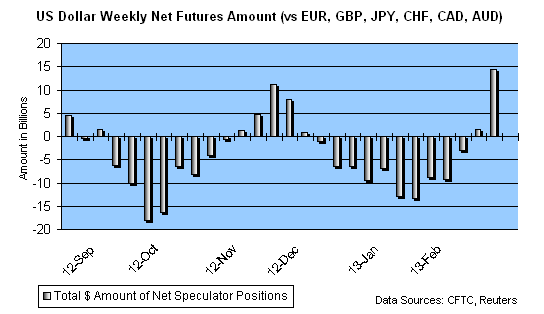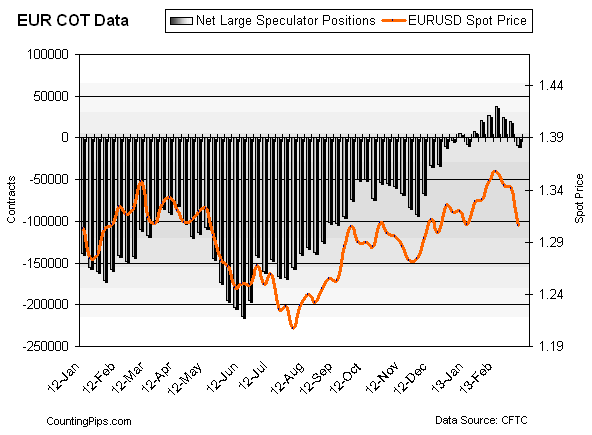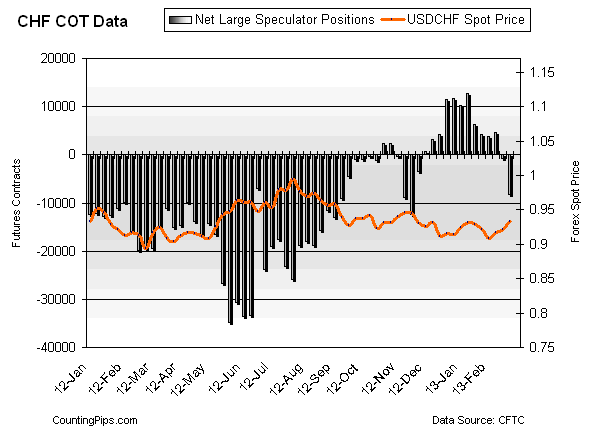You’ve got a choice: you can either be right, or you can make money.
Perhaps you’re wondering what the heck we’re talking about.
Of course you want to make money.
You’ll make money because you correctly predict something, right?
Unfortunately, that’s not always how investing works.
And we’ll explain why today. Because if you get this right, you can avoid one of the biggest mistakes most investors make…
Most investors and so-called experts like to predict things.
They like to give you a year-end target for the Aussie index, the Dow Jones or the FTSE 100.
They like to give you a target for the Aussie dollar.
They like to predict where gold, silver or iron ore will be twelve months from now.
And that’s fine. Heck, we enjoy making predictions too. It’s fun. It’s all part of investing. In fact if you don’t make predictions about the future you’ve got no business investing.
Investing without making predictions about the future is like driving with a blindfold…you wouldn’t do that, so why invest without thinking about the future?
The problem is most investors make a prediction about the future and invest accordingly, without really thinking it through. If this all sounds too complicated, let us explain…
The 2004 Bust That Never Happened
Back in your editor’s broking days during the 2003 to 2007 bull market we had a number of clients who were convinced the market was set to collapse.
Bear in mind that March 2003 was the bottom of the market following the dot-com boom that had turned to a crash three years before. The US had just invaded Iraq and investors assumed a quick ‘victory’ would spur another bull market.
It turns out the ‘victory’ wasn’t so quick. But that didn’t stop the market soaring…thanks to near-zero percent interest rates in the US. This helped the market get the credit-fuelled boom it was looking for.
The low interest rates, credit boom and certain technical indicators (Gann and the Elliot Wave as we recall) had these investors convinced the market would crash before another boom could get going.
And credit to these guys. They put their money where their mouth was and punted on a collapse. Most of them were pretty sensible about it. They knew it wouldn’t happen tomorrow or the next day, so they bought long dated put options on the US market.
By long dated we mean one year options. In investing that’s a long time. But in hindsight buying one-year put options in 2003, banking on a collapse in 2004…well, it wasn’t long enough.
You see, in one way these guys were right…they were absolutely right. And they were smart too. They were much smarter than 99% of the Wall Street and Martin Place analysts who didn’t see the crash coming.
These investors believed in sound money. They knew the US Federal Reserve was creating the mother of all asset bubbles. But despite being spot on about what would happen, they were absolutely wrong about how best to make money from it.
It’s all very well predicting an economic and stock market collapse, but what if the market hangs in there much longer than you think? That’s exactly what happened…
Don’t Miss the Opportunity of a Rising Market
To be honest, we had some sympathy with the investors who wanted to bet on a total collapse. In 2003 we just couldn’t see how the market would ever get back to the dot-com highs. It seemed like the era of growth was over.
But when the market started to grind higher, we also saw there was an opportunity to make money…regardless of whether we thought the boom was justified or not. Our biggest bet was on oil.
At the time oil was around USD$40 a barrel. Most people thought the oil price would fall as Iraqi oil came back online. We had a different view. We thought the trend would be higher as OPEC nations got a taste for high oil, and as the US encountered what we expected to be an energy crisis.
(Back then we hadn’t figured on the transformative impact of shale oil and gas.)
As you know, eventually the oil price hit USD$140 as Hurricane Katrina hit Gulf of Mexico oil production. But despite that disastrous event, world stock markets would go higher for another two years.
The point we’re making is this: you can be right about the future but still get the investing angle wrong if you don’t take all the market factors into account.
What the bearish investors didn’t take into account was the impact of low interest rates on the economy and mainstream investors. They didn’t bank on homeowners using their home as an ATM by borrowing to increase their disposable income.
And they didn’t take into account the impact that would have on corporate America…the increase in revenues, the increase in profits. They didn’t factor in the willingness of China to buy US government bonds that would allow America to keep spending and spending.
It was, for a time, a virtuous circle…until it became a death spiral when the market collapsed. But by then, even for those investors who made a profit as the market collapsed, it came nowhere near making up for the opportunity they missed by not buying into a rising market four years earlier…
Bragging Rights Aren’t Worth a Penny
Bottom line: we can’t know for certain, but it’s possible that the Aussie, US and European markets could keep going up for another one, two or three years. On the other hand they could collapse tomorrow.
That means if you’re pessimistic about the future you’ve got a choice.
You can cheer for it and be right when it happens (even if that’s three years from now). Or you can understand the lengths that central banks will go to make sure the collapse doesn’t happen on their watch.
Remember that Alan Greenspan worked his magic for nearly 20 years to avoid complete collapse. And despite the 1987 crash, the Dow Jones Industrial Average gained 367% while he was US Federal Reserve chairman.
It’s great to get a prediction right. You get a lot of bragging rights. Unfortunately, bragging rights aren’t worth much in retirement when you haven’t made a penny from investing.
So our advice is if you want to make money as an investor, put the bragging rights to one side and learn how to use the information available to you to make money from investing.
Cheers,
Kris
Join me on Google+
From the Port Phillip Publishing Library
Just Discovered: The Pangaea Bond
Daily Reckoning: When the Bernanke Bluff is Called
Money Morning: Why Aristotle Still Matters to Traders and Investors
Pursuit of Happiness: Exclusive: Your Eight-Point Wealth Protection To-Do List
Cheers,
Kris
Join me on Google+
















